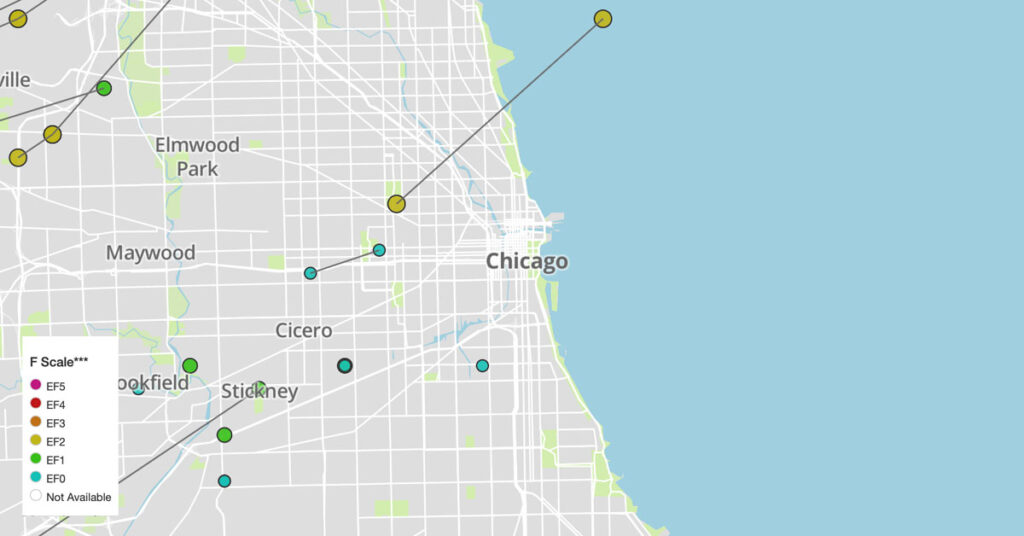Chicago Tornado and Storm Shelters
Chicago, the "Windy City," is globally recognized for its iconic skyline, deep-dish pizza, and vibrant music scene, notably the blues. While it’s thought that the nickname may not even refer to the city’s weather, the wind is a notable element of Chicago's weather, and it is also susceptible to other weather phenomena, including tornadoes. Its location within the Midwest, while not as tornado-prone as the central plains, does see these potent storms. The city's history with tornadoes has contributed to its infrastructure development and disaster management planning.
A Few Facts About Tornadoes in Columbus:
- One of the most memorable tornadoes in Chicago's history is the Oak Lawn tornado outbreak on April 21, 1967. The F4 tornado cut a path through the city's southwest suburbs, including Oak Lawn and Evergreen Park, resulting in significant destruction and loss of life.
- Despite its large size and dense population, the central part of Chicago has largely avoided direct hits from major tornadoes. This is not due to any meteorological phenomenon but is instead believed to be a result of the relatively small size of tornado paths compared to the large area of the city.
- On average, the broader Chicago metropolitan area experiences a few tornadoes each year. However, most of these tend to be weaker in strength, falling into the EF0 or EF1 categories on the Enhanced Fujita scale. However, due to the population density these storms still have the potential to due a lot of damage and threaten lives.
- Chicago places a strong emphasis on tornado safety education. The city regularly conducts tornado drills and has a comprehensive warning system in place, including tornado sirens spread across the city. The sirens are tested on the first Tuesday of every month to ensure they're functioning correctly.
Buying a Tornado Shelter in Chicago
Our shelters are designed, tested, and approved to withstand up to EF5 tornadoes to provide a safe, secure place for you and your loved ones to wait out the weather. With a variety of sizes (4 to 16 people) and styles to choose from, you're sure to find the perfect shelter to meet your needs.
Residential Above-Ground Tornado Shelters
Above Ground Shelters
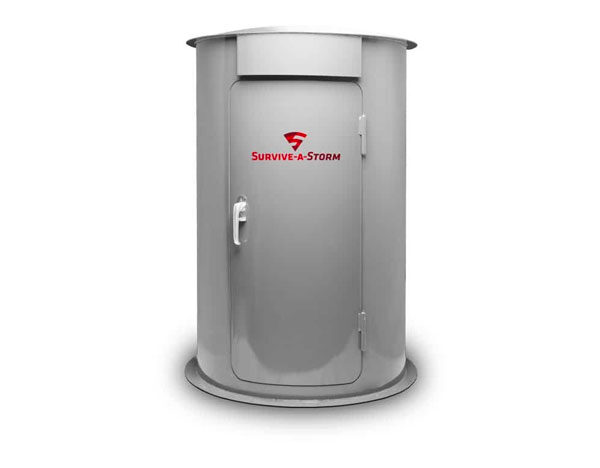
TwisterPod
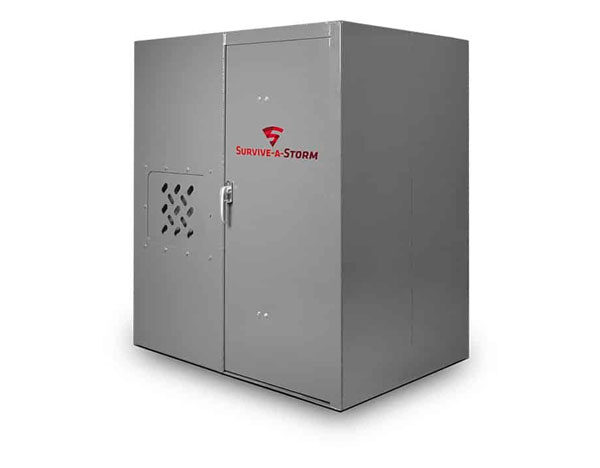
Extreme
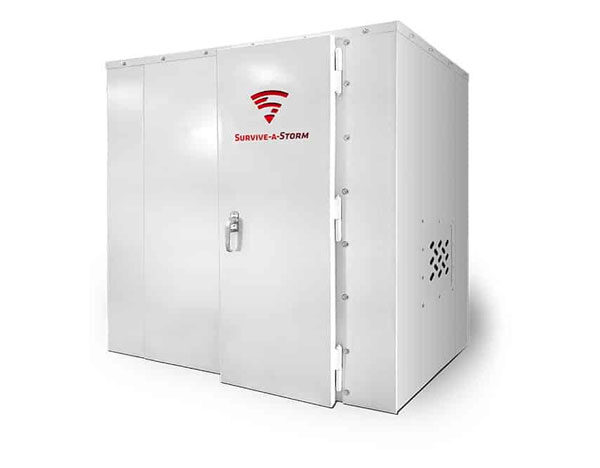
Panelized
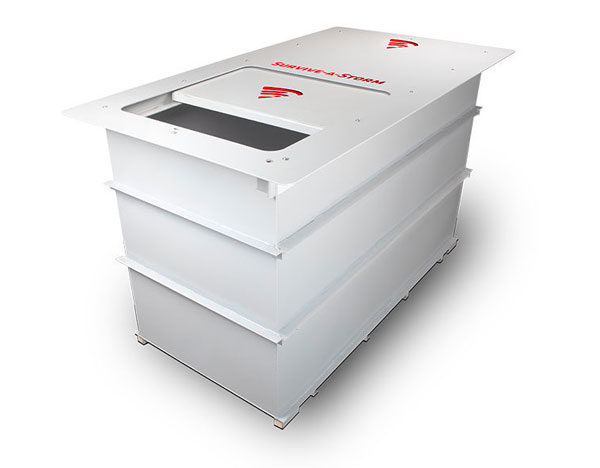
GarageCube
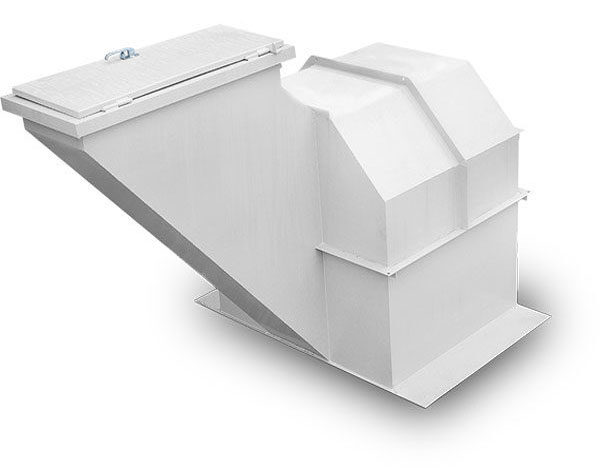
Estate
Delivery and Installation Options for Above-Ground and Below-Ground Tornado Shelters in Chicago
Tornadoes are devastating and unpredictable natural disasters that can cause extensive damage to homes and properties. One of the best ways to stay safe during a tornado is to have a tornado shelter. Tornado shelters come in different types, with above-ground and below-ground tornado shelters being the most common.
We offer delivery and installation in various regions of the U.S. but if you prefer to conduct the installation yourself or our outside our installation area, here are some of the steps you will need to take.
For above-ground shelters, it's important to note that the concrete slab is not included in the package.
As for below-ground shelters, they are delivered on a standard truck with a flatbed.

Know when severe weather is about to strike and when it's time for you to take shelter with our StormWarn texting program.

Above-Ground Tornado Shelter Installation for Chicago
- Finding a Local Contractor for Installation
Search for local contractors in your area, who will need to be hired to pour the slab. Look for contractors with high-rating reviews. - Selecting Contractors
Find a couple of companies in the search results to inquire about installation. - Calling a Contractor for Installation
Call a contractor and ask them for a quote on installing an above-ground tornado shelter.The installation process can be performed by anyone who is competent in drilling (concrete company, concrete installer, contractor) into concrete can install. We have a built-in template in all of our shelters that shows exactly where to predrill and sink wedge bolts. All hardware and instructions are shipped with the shelter. We will even speak with any general contractor to make sure they understand what the job requires.
The concrete slab should be at least 4" thick with a minimum psi of 3000. No wire mesh is required, but the pad size should be a minimum of 14' x 12' for a 4" thick slab, or 12' x 10' for a 6" thick slab.
You can download the installation instructions for the tornado shelter: TwisterPod, Extreme, Panelized.
- Preparing for Installation
Survive-A-Storm will have a third-party shipper deliver the shelter to your location and offload it at the end of your driveway. Your installation time can depend on a few factors that include, temperature and humidity that can affect the cure time for the concrete. Pouring the concrete for above ground shelter installation is your responsibility and should be allowed to cure for two weeks. Installation time after the concrete is poured should be less than four hours.Rent equipment like pallet jacks, forklifts, or small tractors with forks to maneuver the shelter to your desired location. If you can arrange for an installation to be done on the same day, your contractor may be able to move the shelter for you.
Below-Ground Tornado Shelter Delivery and Installation for Chicago
- Finding a Local Contractor for Installation
Search for local septic tank companies or general contractors with high-rating reviews to perform the installation. - Selecting Contractors
Find a couple of companies in the search results to inquire about installation. - Calling a Contractor for Installation
Call a contractor and ask them for a quote on installing an above-ground tornado shelter. You can download the installation instructions for the tornado shelter: GarageCube.Let the contractor or company know that the shelter should be buried at least 12" below the surface.
- Preparing for Installation
In case you are outside the installation range, Survive-A-Storm will have a third-party shipper deliver the shelter to your location and offload it at the end of your driveway.By understanding the delivery and installation options for above-ground and below-ground tornado shelters, you can ensure that your shelter is installed correctly and provides the protection you need during a tornado.
Survive-A-Storm Shelters offers near-absolute protection with a full line of above-ground and below-ground storm shelters. Survive-A-Storm Shelters are FEMA-compliant and able to withstand winds and debris from any EF5 tornado.
With affordable pricing, nearly anyone can afford one. There's also financing through Enhancify and Affinity, making storm shelter loans very accessible to our customers.
You can buy a storm shelter locally, through select Home Depot Stores, or the Extreme brand at Lowe's. Amazon and e-Bay are also great online options for purchasing Survive-A-Storm Shelters.
Public Tornado Shelters in Chicago:
Call your local emergency management office or local fire department.


